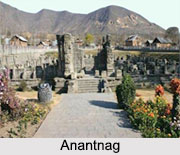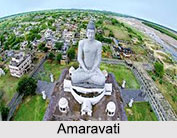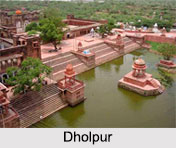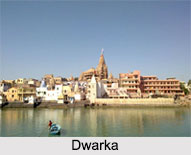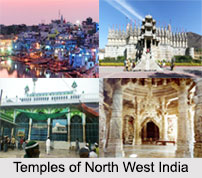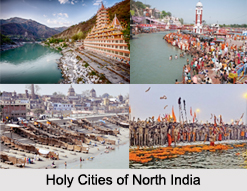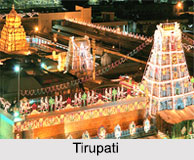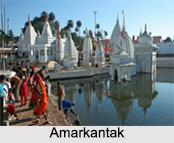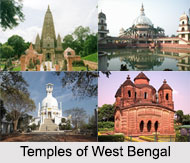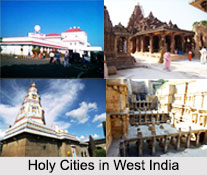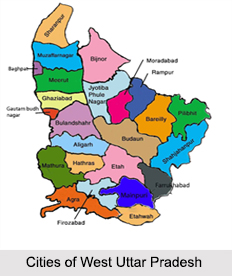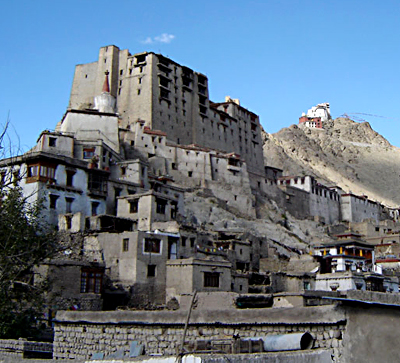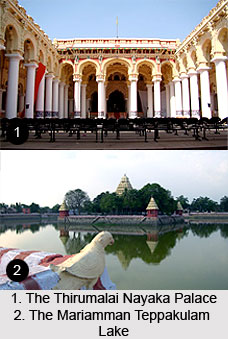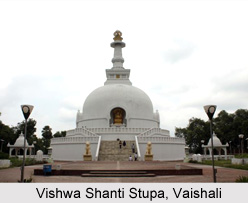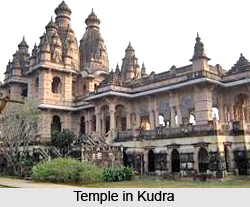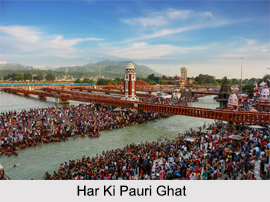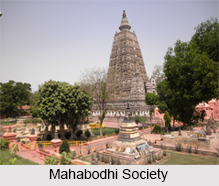 History of Bodh Gaya defines the establishment of temple of Buddha by Emperor Ashoka. Bodh Gaya is the most holy place for the followers of the Buddhist faith all over the world.
History of Bodh Gaya defines the establishment of temple of Buddha by Emperor Ashoka. Bodh Gaya is the most holy place for the followers of the Buddhist faith all over the world.
Early Establishment of Bodh Gaya
Bodh Gaya is situated by the bank of river Neranjana the place was then known as Uruwela. King Ashoka was the first to build a temple here.
Evolution of Buddhism in India
Gautama Buddha was born in 563 BC in what is now Nepal on the following auspicious Baisakhi Purnima. As Siddhartha, he renounced his family at the age of 29 in 534 BC and travelled and meditated in search of truth. After practicing self-mortification for six years at Urubela (Buddhagaya) in Gaya, he gave up that practice because it did not give him Vimukthi.
Introduction of Eight Fold Paths by Buddha
Gautama Buddha discovered Noble Eight-fold path without help from anyone and practiced it, then he attained Buddhatva or enlightenment. Enlightenment is a state of being completely free from lust (raga), hatred (dosa) and delusion (moha). By gaining enlightenment, you enter Nibbana, in which the final stage is Parinibbana.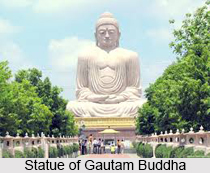
Importance of Bodh Gaya
In Bodh Gaya, Gautama Buddha was abandoned by the five men who had been his companions of earlier austerities. All they saw was an ordinary man; they mocked his well-nourished appearance. Here came the mendicant Gautama, they said, who has turned away from asceticism. He is certainly not worth our respect. When they reminded him of his former vows, the Buddha replied that austerities only confuse the mind. In the exhaustion and mental stupor to which they lead, one can no longer understand the ordinary things of life, still less the truth that lies beyond the senses. "I have given up extremes of either luxury or asceticism. I have discovered the Middle Way". This is the path which is neither easy nor hard living in austere conditions practicing self-denial. Hearing this, the five ascetics became the Buddha`s first disciples in Deer Park of Sarnath.
Visiting in Bodh Gaya
The disciples of Gautama Buddha began to visit the place during the full moon in the month of Vaisakh (April-May), as per the Hindu calendar. Over time, the place became known as Bodh Gaya, the day of enlightenment as Buddha Purnima, and the tree as the Bodhi Tree.
Documentation of History of Bodh Gaya
The history of Bodh Gaya is recognized by many inscriptions and pilgrimage accounts. Foremost among these are the accounts of the Chinese pilgrims Fahien in the 5th century and Hiuen Tsang in the 7th century. The area was at the heart of a Buddhist civilization for centuries, until it was conquered by Turkic armies in the 13th century. The place-name, Bodh Gaya, did not come into use until the 18th century. It was known as Uruvela, Sambodhi, Vajrasana or Mahabodhi. The main monastery of Bodh Gaya used to be called the Bodhimanda Vihara. Now it is called the Mahabodhi Temple.
